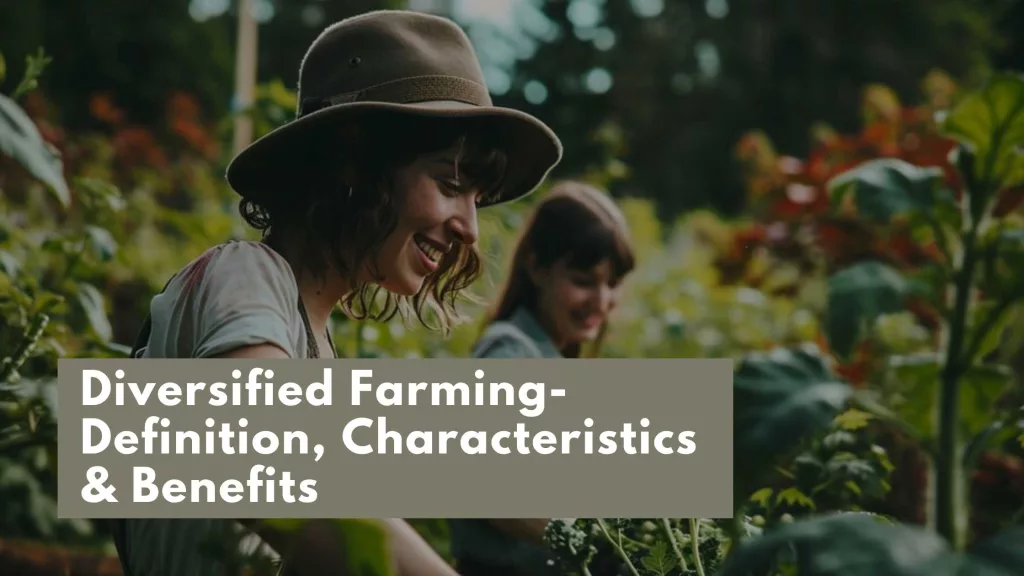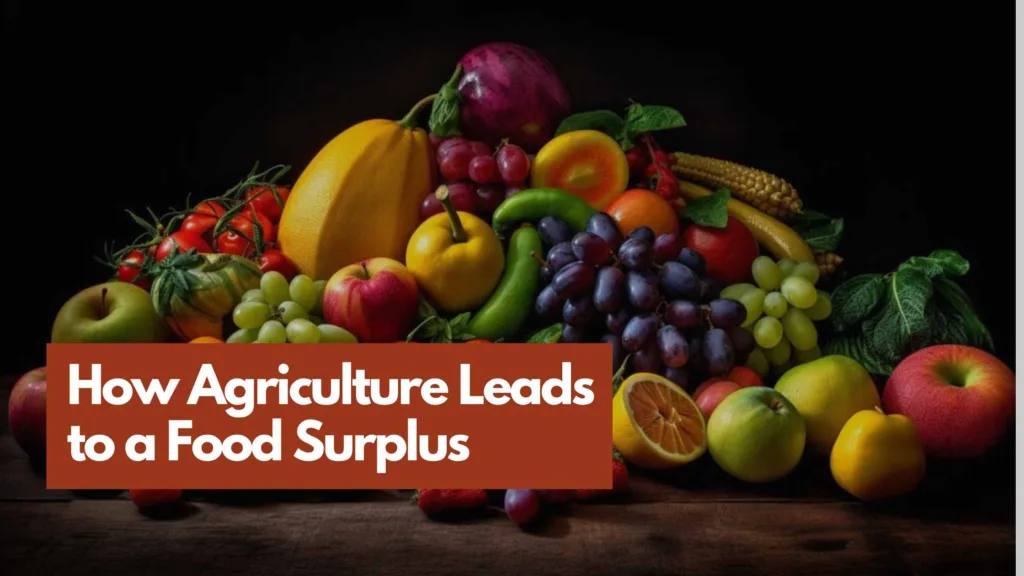Global Farming Trends
Farming is a long-standing activity that has changed substantially throughout the years. The need for food is rising along with the world population, which has sparked new Global Farming Trends and methods worldwide. This blog will delve deeply into the intriguing and varied realm of international farming trends. We’ll look at how farmers address current and upcoming difficulties, from time-honoured practices handed down through the generations to cutting-edge tech-driven strategies.
Chapter 1: Traditional Farming Methods
-
Subsistence Farming
Instead of creating excess for the market, subsistence farming primarily focuses on supplying the requirements of the farmer and their family. This approach is common in many developing nations where small-scale farmers raise animals and produce crops for a living. We’ll discuss the importance of subsistence farming and how it helps rural areas maintain food security.
-
Slash-and-burn farming
Slash-and-burn in the ancient practice of agriculture, farmers cleared land by removing and burning plants before planting crops. This method, which is still employed in some areas, impacts agriculture and the environment. We’ll review the benefits and cons of slash-and-burn agriculture and how it affects regional ecosystems.
-
Terraced Farming
To produce level planting areas, terraced farming entails cutting flat surfaces onto steep slopes. This technique is frequently used in hilly or mountainous regions, such as the rice terraces of Southeast Asia. We’ll examine terraced farming’s role in sustainable agriculture and its technical wonders.
Chapter 2: Modern Agricultural Practices
-
Precision Agriculture
Technology is used in precision farming, commonly referred to as precision agriculture, to maximize crop yield. The usage of GPS, drones, and data analytics in agriculture will be covered in this chapter. We’ll discuss how precision farming techniques reshape the sector by increasing crop productivity using fewer resources.
-
Vertical Farming
Growing crops in vertically stacked layers, frequently in climate-controlled indoor locations, is called vertical farming. The advantages of vertical farming will be covered in this chapter, including year-round output, less land use, and little water use. We will also talk about this method’s drawbacks and difficulties.
-
Aquaponics and Hydroponics
Both hydroponics and aquaponics are methods of soilless cultivation that rely on nutrient-based water solutions. Due to their effectiveness and minimal environmental influence, these techniques have grown in favour. We’ll look at the operation of hydroponic and aquaponic systems and how they can revolutionize urban agriculture.
Chapter 3: Sustainable Farming Practices
-
Organic Farming
Natural, ecologically friendly practices are prioritized in organic farming, which stays away from synthetic chemicals and genetically modified species. The concepts of organic farming will be examined in this chapter, along with how it contributes to soil health and biodiversity while generating healthier food.
-
Agriculture
Agroforestry is a sustainable land-based system that combines trees or shrubs with livestock or crops. Numerous advantages of this strategy include enhanced soil fertility, more incredible biodiversity, and climatic resilience. We’ll discuss agroforestry practices and their potential to slow global warming.
-
No-Till Farming
No-till farming doesn’t use a plough or tiller to minimize soil disturbance. The benefits of no-till farming, including less erosion, enhanced soil health, and carbon sequestration, will be covered in detail in this chapter. We’ll also discuss the difficulties farmers may encounter while implementing this practice.
Chapter 4: Innovative Farming Trends
-
Urban Agriculture
Urban gardening is growing as communities explore methods to improve local food supply. This chapter will examine urban farming projects reshaping cityscapes and fostering food security in urban places, such as rooftop gardens and community gardens.
-
AI and Robotics in Agriculture
Automation of numerous processes, from planting and harvesting to pest management, is how artificial intelligence and robots are making their impact in the agricultural industry. We’ll talk about how robotics and AI-powered systems boost productivity and lower farm labour demands.
-
Plant-Based Meat Alternatives
Concerns about the environment and human health are causing a significant increase in the demand for plant-based meat substitutes. The evolution of plant-based proteins and their effects on conventional cattle production methods will be discussed in this chapter.
Chapter 5: Global Challenges and Future Outlook
-
Climate Change and Agriculture
Changing weather patterns, increasing pest pressure, and water shortages are just a few of the problems climate change will cause for agriculture. This chapter will discuss how farmers cope with these difficulties and how agriculture reduces climate change.
-
Food Security and Population Growth
With an estimated 9 billion people on the planet by 2050, guaranteeing food security is a primary worldwide concern. We’ll look at the methods and tools used to fulfil the rising demand for food while causing the most minor environmental damage.
-
The Function of Education and Policy
Education and governmental legislation are critical factors in determining farming practices. We’ll talk about the value of encouraging agricultural policy and the necessity of teaching Global Farming and customers about ethical and sustainable farming methods.
Conclusion
Due to the problems caused by climate change and the shifting demands of an expanding global population, global farming patterns are constantly altering. The variety of worldwide methods, from conventional subsistence farming to cutting-edge developments in precision agriculture, is astounding. Prioritizing sustainability and ethical agricultural practices is essential as we advance to guarantee a safe and profitable future for both agriculture and the earth. We can all help create a more sustainable and food-secure world by keeping up with these global farming trends.



Your blog on global farming trends takes us on a worldwide agri-adventure. Exploring diverse practices is like a journey around the agri-world. From traditional techniques to cutting-edge innovations, it’s a rich tapestry of farming wisdom. Kudos for shining a spotlight on these global practices! Can’t wait to see how this knowledge shapes the future of agriculture.
Thanks a bunch for the awesome feedback! Thrilled you enjoyed the global farming journey. It’s incredible to explore the diverse practices shaping agriculture worldwide. Your enthusiasm fuels the agri-conversations. Stay tuned for more insights and let’s keep celebrating the rich tapestry of farming wisdom together!
This captivating blog promises an eye-opening journey into diverse agricultural landscapes, unearthing the rich tapestry of farming practices worldwide. A must-read for anyone passionate about agriculture, innovation, and the interconnectedness of our global farming community.
Thanks a bunch for the awesome shoutout! So stoked to hear you found the blog captivating. It’s all about diving into the incredible world of global farming together. Your enthusiasm for agriculture and innovation totally vibes with the spirit of the journey. Cheers to exploring more farming adventures!
Awesome exploration of global farming trends! Your post is like a culinary tour for the mind, sampling agri practices worldwide. From traditional techniques to cutting-edge innovations, it’s a feast of farming wisdom. Can’t wait to see these trends spice up agriculture everywhere!
Thanks a bunch for the awesome feedback! Thrilled you enjoyed the global farming tour. It’s indeed a buffet of farming wisdom from around the world. Get ready for a spice-filled adventure as these trends continue to flavor up agriculture globally!
Fascinating topic! Global farming trends offer a peek into diverse agricultural practices. Eager to explore how different regions cultivate their crops and adapt to changing times. It’s like a world tour through farmlands! Ready for some agri-inspiration and maybe some unexpected insights.
Totally intrigued! It’s incredible how farming methods vary globally. Excited to pick up some tips and maybe incorporate a little bit of that worldwide wisdom into my own gardening routine. Let’s learn from each other’s green thumbs!
Global farming trends are a fascinating journey! From traditional methods to modern and sustainable practices, this post promises a world tour of innovative farming. Can’t wait to explore the global challenges and future outlook.
Absolutely! It’s like a virtual world tour of farming practices. Traditional, modern, sustainable – this post covers it all. Excited to dive into the global challenges and future outlook together!
Thanks for sharing this! Global farming trends are such an important topic, and this post provided a great overview.
You’re very welcome! I’m glad you found the post informative and valuable. Global farming trends indeed play a significant role in shaping the future of agriculture, and it’s important to stay informed about these developments. If you have any further questions or if there are other agricultural topics you’re interested in learning about, feel free to let me know. Thank you for taking the time to engage with the content, and I’m delighted that it provided a great overview for you!